Description
A Lush Addition to Your Jungle-Scape
Bird’s Nest Anthurium (Anthurium hookeri) is a striking, tropical plant known for its lush, glossy green leaves that grow in a rosette form, reminiscent of a bird’s nest. Though native to the rainforests of Central and South America, the Bird’s Nest Anthurium has gained popularity worldwide as a unique indoor houseplant. This plant is relatively easy to care for, making it a great choice for both novice and experienced gardeners.
Caring for your Bird’s Nest Anthurium
Plant the Hookeri in a spot with ample space to grow. As it matures, it will reach dramatically outward. The Hookeri thrives in high humidity, well-aerated soil and partial to full shade.
Light
Bird’s Nest Anthurium prefers bright, indirect light. Direct sunlight can cause the leaves to become pale and may burn the plant. It can also adapt to lower light conditions, but growth may be slower and the vibrant green color of the foliage may fade.
Water
The Bird’s Nest Anthurium appreciates consistent moisture but should never be left sitting in water. Overwatering can lead to root rot, a common issue among indoor plants. Water the plant when the top 1-2 inches of soil feel dry to the touch. It’s essential to use well-draining soil and a pot with drainage holes to prevent waterlogging.
Humidity
Bird’s Nest Anthurium thrives in temperatures ranging from 60-90°F (15-32°C). It doesn’t tolerate frost and should be kept away from drafty windows or doors during colder months. As a tropical plant, it enjoys high humidity. If your home’s air is too dry, consider using a humidifier, or place the plant on a tray of pebbles with water to increase humidity around it.
Fertilizer
Fertilize your Bird’s Nest Anthurium every 4-6 weeks during the growing season (spring through fall) with a balanced, water-soluble fertilizer. In winter, reduce fertilizing to every other month as the plant’s growth slows down. Always follow the manufacturer’s instructions when applying fertilizer.
Repotting
Bird’s Nest Anthurium typically needs to be repotted every 2-3 years. Choose a pot that is 2 inches larger in diameter than the current pot. The best time to repot is in the spring or early summer. When repotting, use a well-draining soil mix, such as a blend of regular potting soil and perlite or orchid bark, to provide adequate drainage and air circulation to the roots.
Pruning
Pruning your Bird’s Nest Anthurium helps maintain its size and shape. You can remove any yellow or brown leaves by cutting them off at the base of the stem using clean, sharp scissors. Also, remove any flower stems that have died back to keep the plant looking tidy.
Pests and Diseases
Bird’s Nest Anthurium can occasionally attract pests like spider mites, mealybugs, and scale. If you notice small, discolored spots on the leaves or a sticky residue, it might be a sign of a pest infestation. You can treat the plant by wiping the leaves with a solution of mild soap and water or using a suitable insecticide.
Common diseases include root rot due to overwatering and leaf spot diseases caused by fungal or bacterial infections. To prevent these issues, water your plant correctly and ensure it has good air circulation.
Propagation
The easiest way to propagate Bird’s Nest Anthurium is by division during repotting. Gently separate the root ball into sections, ensuring each new plant has a set of healthy roots and leaves. Plant each division into a pot with fresh, well-draining soil.

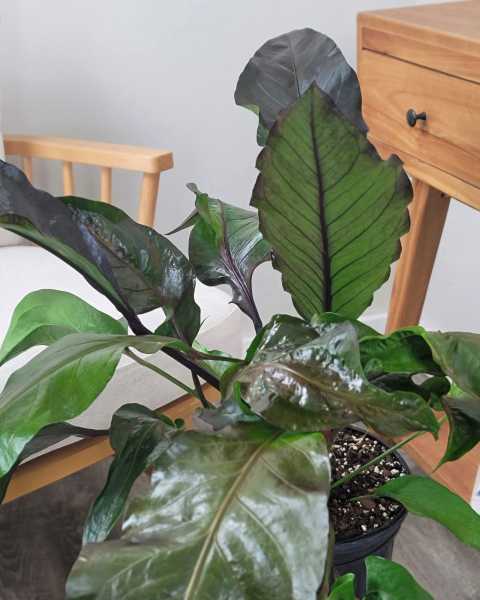
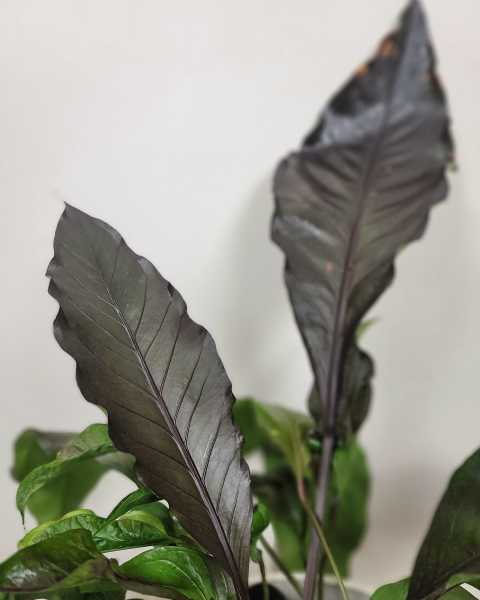

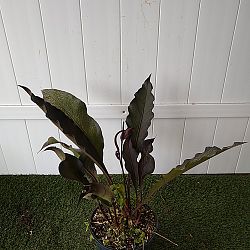
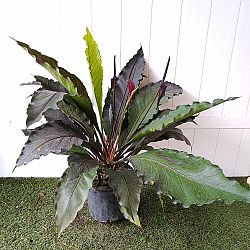
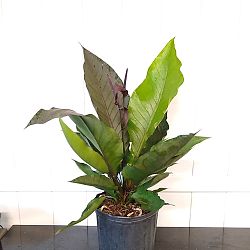
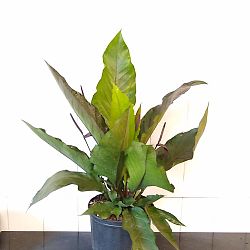
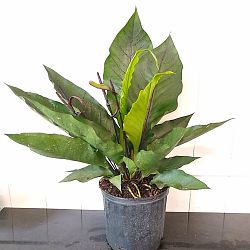
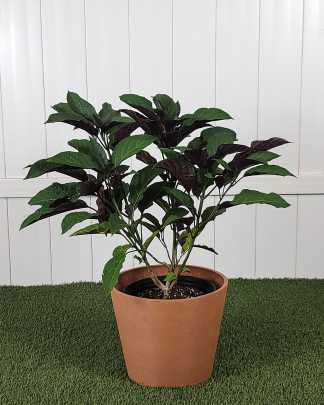
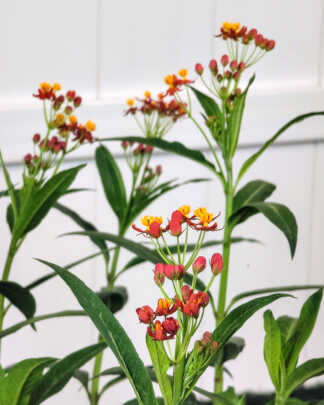
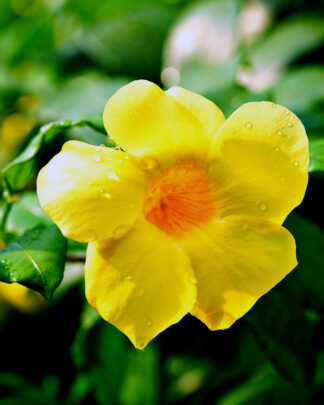
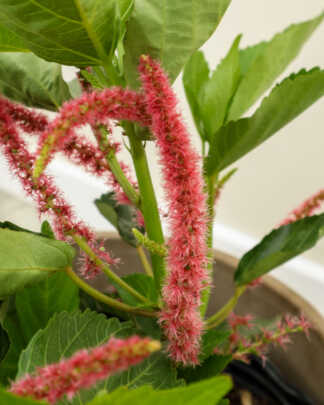
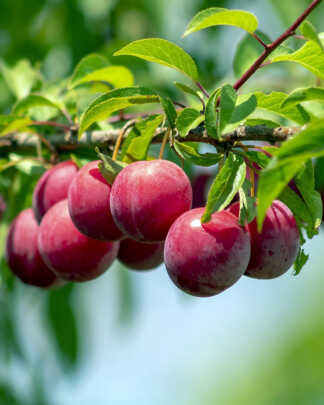


Derrilyn Cerbone –
I had one of these plants for 45 years! I say, it was my longest relationship other than myFamily!!!’ I’m now giving one to my daughter for her home and I hope she enjoys it, as I did, for decades to come. This indoor piece of living art brings joy to watch as it thrives indoors and embellishes decor wherever it is placed!